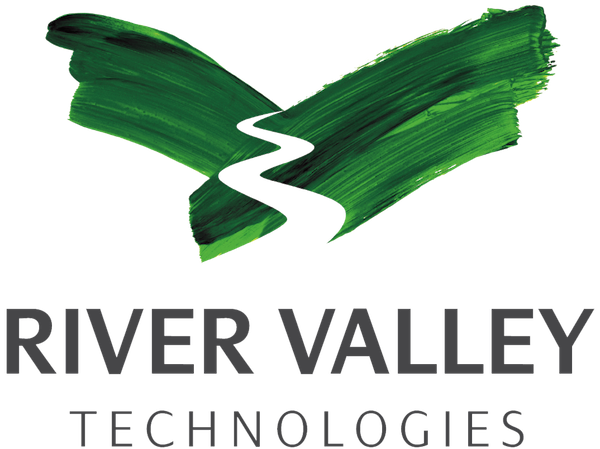Holographic display is capable of reconstructing the whole optical wave field of a three-dimensional (3D) scene. It is the only one among all the 3D display techniques that can produce all the depth cues. With the development of computing technology and spatial light modulators, computer generated holograms (CGHs) can now be used to produce dynamic 3D images of synthetic objects. Computation holography becomes highly complicated and demanding when it is employed to produce real 3D images. Here we present a novel algorithm for generating a full parallax 3D CGH with occlusion effect, which is an important property of 3D perception, but has often been neglected in fully computed hologram synthesis. The ray casting technique, which is widely used in computer graphics, is introduced to handle the occlusion issue of CGH computation. Horizontally and vertically distributed rays are projected from each hologram sample to the 3D objects to obtain the complex amplitude distribution. The occlusion issue is handled by performing ray casting calculations to all the hologram samples. The proposed algorithm has no restriction on or approximation to the 3D objects, and hence it can produce reconstructed images with correct shading effect and no visible artifacts. Programmable graphics processing unit (GPU) is used to perform parallel calculation. This is made possible because each hologram sample belongs to an independent operation. To demonstrate the performance of our proposed algorithm, an optical experiment is performed to reconstruct the 3D scene by using a phase-only spatial light modulator. We can easily perceive the accommodation cue by focusing our eyes on different depths of the scene and the motion parallax cue with occlusion effect by moving our eyes around. The experiment result confirms that the CGHs produced by our algorithm can successfully reconstruct 3D images with all the depth cues.
- ▼Conferences
- ►Free software
- ►Graphics
- ▼Holography
- ►Literature
- ►Mathematics
- ►Medicine
- ►Publishing
- ALPSP 2010
- ALPSP 2011
- APA 2010
- APA 2011
- ►APE
- Atypon User Conference 2012
- AUB 2014
- Beyond the PDF 2011
- Beyond the PDF2 2013
- ►COASP
- ►CrossRef
- DataCite 2013
- Force 2015
- Force 2016
- Force 2017
- Force 2019
- JATS-Con 2012
- JATS-Con 2013(4)
- JATS-Con 2015
- JATS-Con 2016
- Open Access Africa 2010
- PEER Conference 2012
- PubConf 2013
- PubConf 2014
- R2R 2016
- ReCon 2015
- ReCon 2016
- Rigour and Openness 2013
- Science Online London 2011
- SOAP Symposium 2011
- SpotOn 2016
- SpotOn London 2012
- ►SSP 2011
- SSP 2015
- ►STM
- Annual Conference 2009
- Annual Conference 2010
- Annual Conference 2011
- Annual Conference 2012
- Annual US Conference 2015
- Beyond Books 2010
- E-Book 2.03 2009
- E-Production Seminar 2009
- E-Production Seminar 2010
- E-Production Seminar 2011
- ►E-Production Seminar 2012
- E-Production Seminar 2013
- FACT Seminar 2013
- FACT Seminar No.2 2013
- Frankfurt Conference 2013
- Innovations Seminar 2009
- Innovations Seminar 2010
- Innovations Seminar 2011
- ►Innovations Seminar 2012
- Innovations Seminar 2013
- Innovations Seminar UK 2012
- Medical Publishing 2012
- Spring Conference 2010
- Spring Conference 2011
- Spring Conference 2012
- ►UCL DIS
- UKSG 2011
- ►UKSG 2012
- UKSG NOV 2011
- UKSG One Day Conference 2012
- Unique IDs 2012
- ►Science
- ▼Text
- ►Typography
- Uncategorized
- ►Video tutorials



